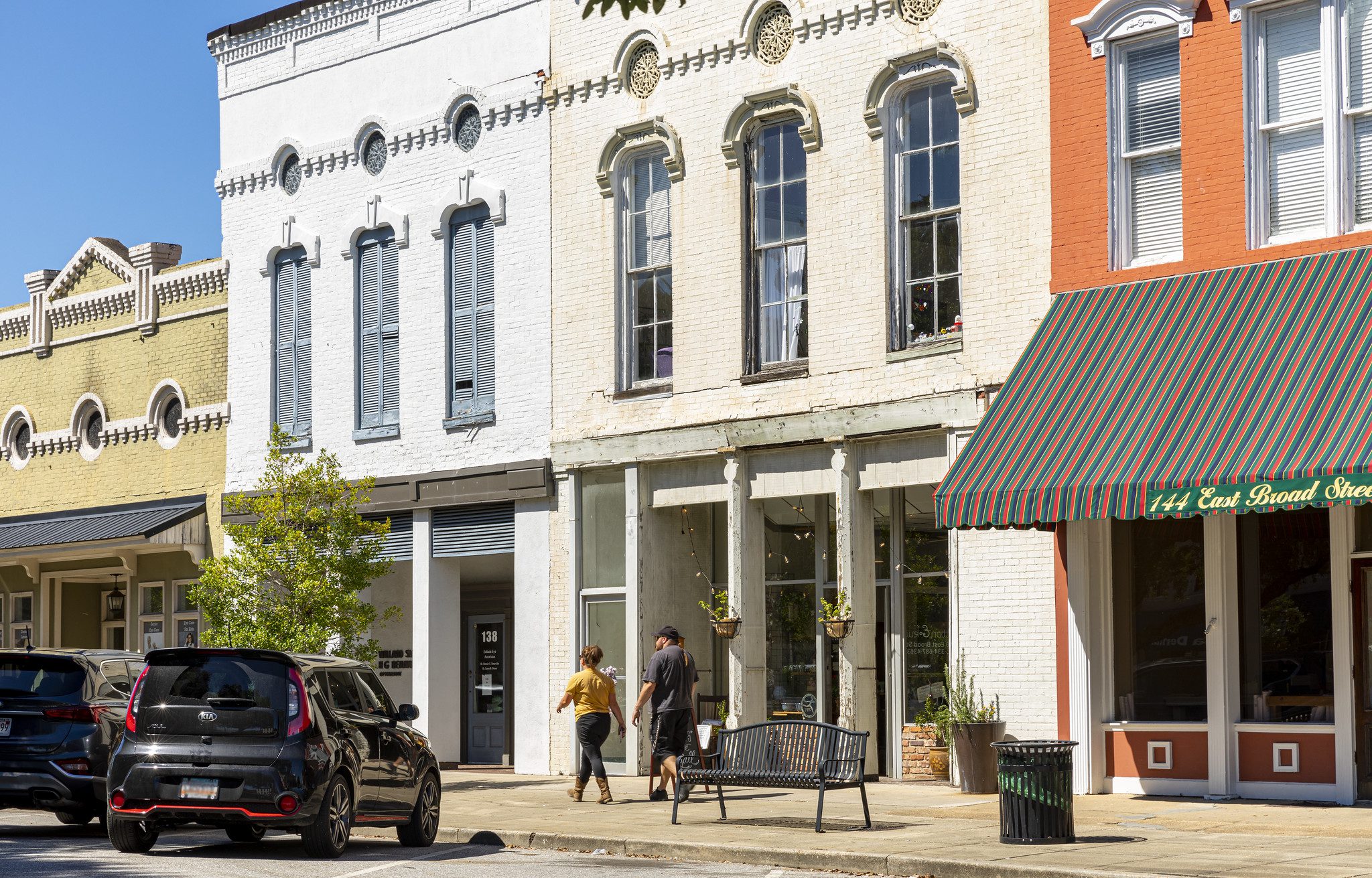Home & Family

AUBURN UNIVERSITY, Ala.— Many may look at healthy living as a personal aspect of life. However, ALProHealth would argue that a community can play a huge role in the health of its residents. ALProHealth is an Alabama Cooperative Extension System program funded by the Centers for Disease Control and Prevention (CDC) that works with communities to design environments that create and promote healthy opportunities.
Ruth Brock, an Alabama Extension specialist, said ALProHealth is empowering residents to identify solutions that work best in their own communities to increase their health.
“We take a participatory approach, where all project activities are decided on and carried out by members of the community that serve on an ALProHealth coalition,” said Brock, who is the ALProHealth program manager. “Engaging with a diverse group of community members and constantly assessing the needs and assets of a community are two of the most critical pieces to sustaining success.”
The program is currently active within 13 Alabama counties. These counties are identified by the CDC as having an adult obesity prevalence of 40 percent or greater. Funded county participants include Barbour, Bullock, Conecuh, Dallas, Escambia, Greene, Lowndes, Macon, Marengo, Monroe, Perry, Sumter and Wilcox counties.
Program Goals
The primary goals of ALProHealth are to increase access to healthier foods and safe places for physical activity.
Through their work, ALProHealth strives to increase access to and affordability of healthy foods within a community. To increase access to healthier foods, the program works with local stores on availability and placement of healthier items. Communities also work to increase cold storage capacity at emergency feeding locations. This increase in capacity allows for the storage of fresh fruits and vegetables and meat.
ALProHealth coalitions also are making improvements to important community locations for physical activity to make them safer and more vibrant. These locations include parks, playgrounds and trails. Additionally, ALProHealth coalitions are helping to connect everyday destinations—schools, grocery stores and economic centers—through increasing the safety of walking and cycling around town.
“Community residents are the experts of local knowledge,” Brock said. “The ALProHealth team relies on their input to provide crafted recommendations on activities that can solve their unique problems.”
Impact on Communities
Mitch Carter, an Alabama Extension outreach administrator, said Alabama communities are secondarily benefitting from ALProHealth by increasing their economic health, as well as their physical health.
“Many ALProHealth projects contribute to community economic development and livability by creating desirable places to visit or live,” Carter said. “This is in addition to the intended changes around the physical health of communities.”
The projects are intended to help curb rising obesity rates. However, coalitions are also contributing to the development of their communities by creating vibrant spaces to stop and spend time.
ALProHealth Highlights
Jeff LaMondia, an associate professor in the Auburn University Samuel Ginn College of Engineering, specializes in transportation. LaMondia said one thing that stands out about the ALProHealth program is the development of active transportation plans for communities.
“Planning for sidewalk and bicycle networks is expensive, complicated and typically out of the scope of what a small-to-medium size community may plan for,” LaMondia said. “This is typically due to a lack of funding to support efforts, compounded by a lack of dedicated personnel with the expertise to develop such plans. Professional planning and design firms that work with ALProHealth communities allows coalitions to implement detailed action plans. These professionally developed suggestions help to increase the safety of walking and biking in their communities.”
Transportation plans are based on continuous rounds of community feedback to identify solutions for those who need improvements the most. This includes children living in areas with poor sidewalk connections and conditions that create barriers for walking to school.
Alabama Food Systems Collaborative
Sondra Parmer, an Extension specialist and program leader for nutrition programming, said the development of the Alabama Food Systems Collaborative (AFSC)—a statewide group of stakeholders from the public and private sector that are working in Alabama’s food system—is another highlight.
“The group began meeting in early 2020 after identifying a need to foster connections between the many sectors of the food system,” Parmer said. “By doing so, AFSC aims to ensure equitable food access for all Alabamians, foster economic opportunities across food system sectors and nourish Alabama residents.”
AFSC aims to enhance local, healthy food access by alleviating critical barriers that have hindered past progress. Parmer said these barriers include individual site-level barriers to broader policy and systemic obstacles.
“Although AFSC operates as a statewide network, the progress made directly impacts food access in ALProHealth communities,” Brock said.
More Information
This program receives funding from the High Obesity Program from the CDC’s Division of Nutrition, Physical Activity and Obesity. Learn more about ALProHealth by visiting www.aces.edu or contacting Brock directly.

